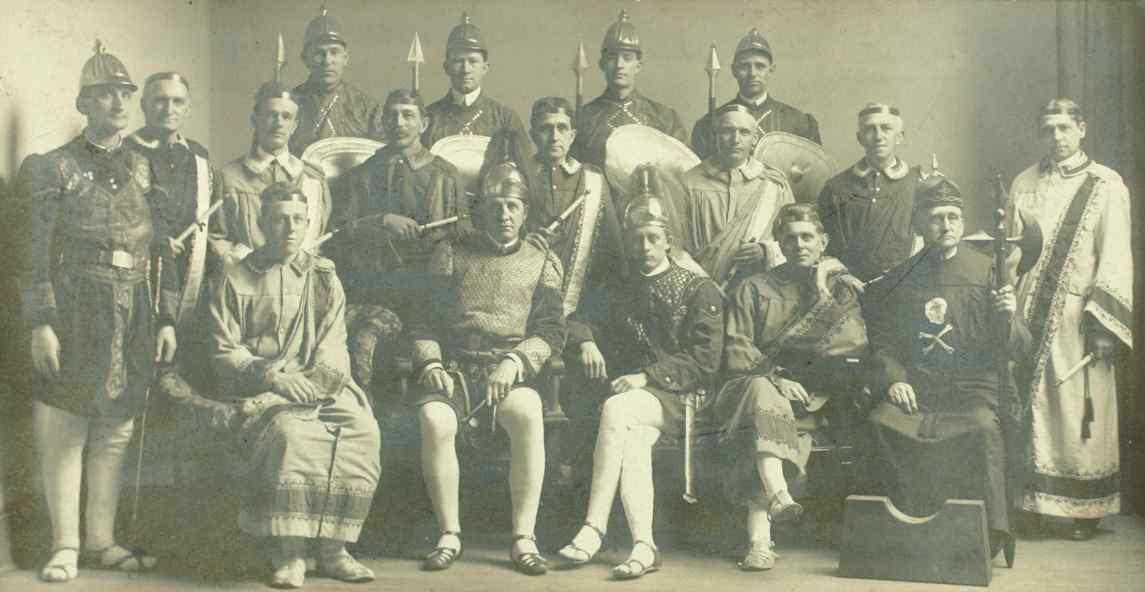 Figure 1. Top left, an Ellwood & Sons ‘Air Chamber’ military sun helmet, patented 1851, following traditional Indian designs it has a light weight cork construction, is cloth covered and has an ‘air pipe’ comb allowing air to freely circulate in the dome. Top right, a ‘Custodian’ police helmet by Christys & Co ltd (1952), uses almost identical construction methods; a version of this basic design was introduced in 1863 and was the only Custodian type for at least 10 years. Bottom left, a development of the sun helmet; a Christys & Co Ltd, late 1800s Colonial Pattern Sun Helmet. Bottom center, the attached Christys label. Bottom right, a near identically constructed police helmet, again by Christys, offered to the police as an alternative ‘Custodian’ style in the mid 1870s.
Figure 1. Top left, an Ellwood & Sons ‘Air Chamber’ military sun helmet, patented 1851, following traditional Indian designs it has a light weight cork construction, is cloth covered and has an ‘air pipe’ comb allowing air to freely circulate in the dome. Top right, a ‘Custodian’ police helmet by Christys & Co ltd (1952), uses almost identical construction methods; a version of this basic design was introduced in 1863 and was the only Custodian type for at least 10 years. Bottom left, a development of the sun helmet; a Christys & Co Ltd, late 1800s Colonial Pattern Sun Helmet. Bottom center, the attached Christys label. Bottom right, a near identically constructed police helmet, again by Christys, offered to the police as an alternative ‘Custodian’ style in the mid 1870s.
Continue reading →


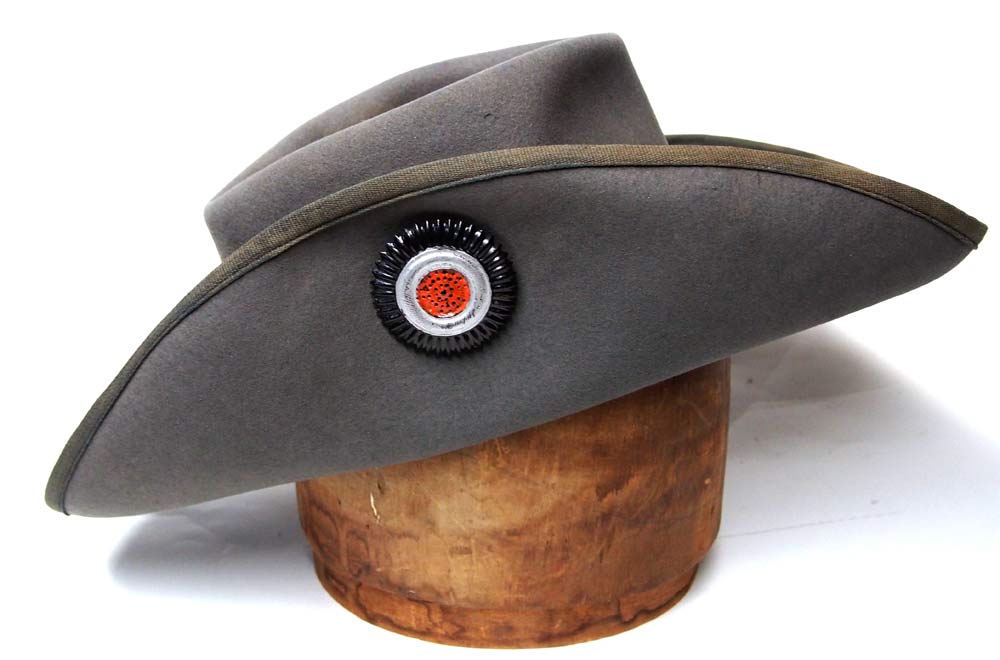

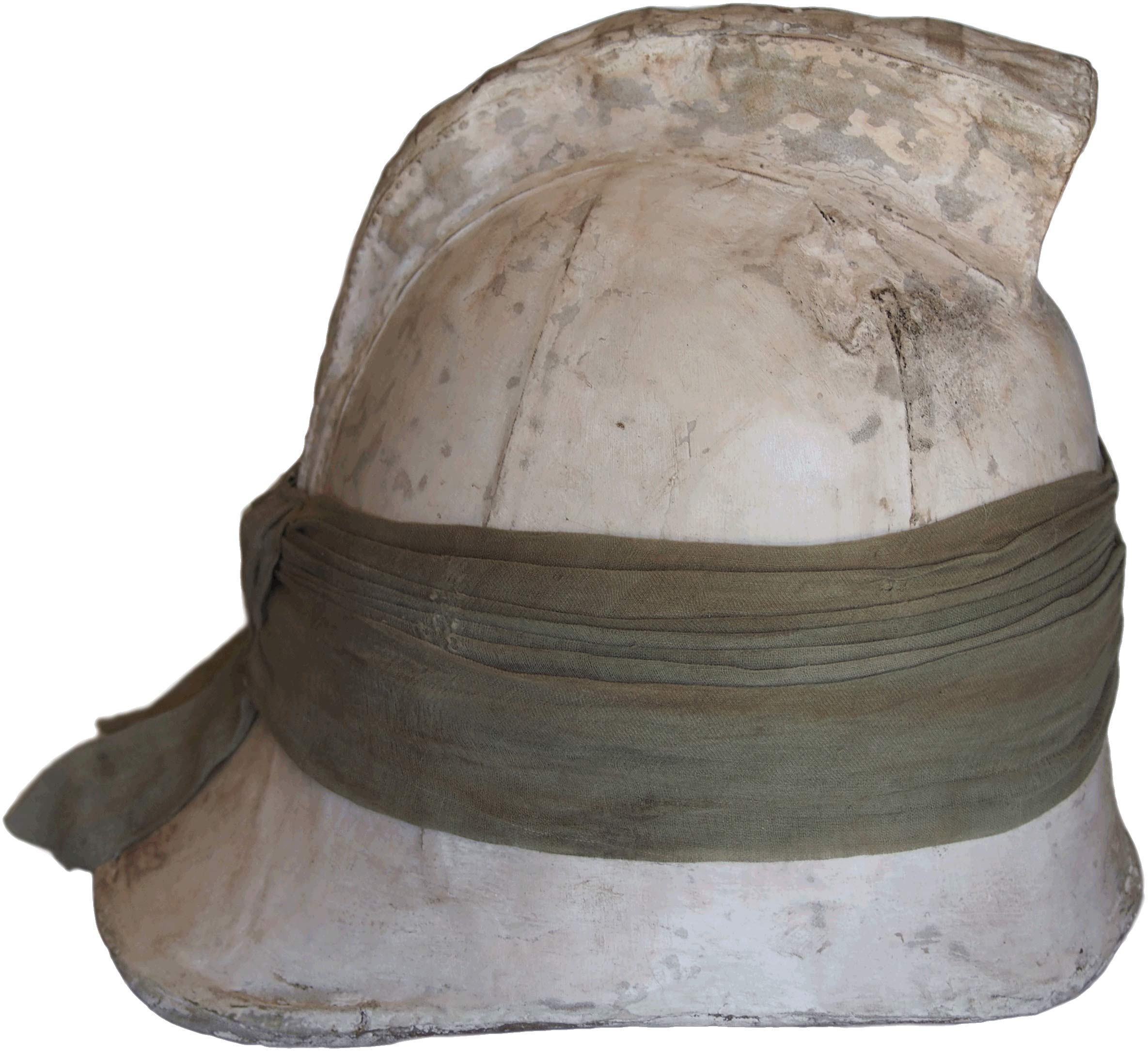
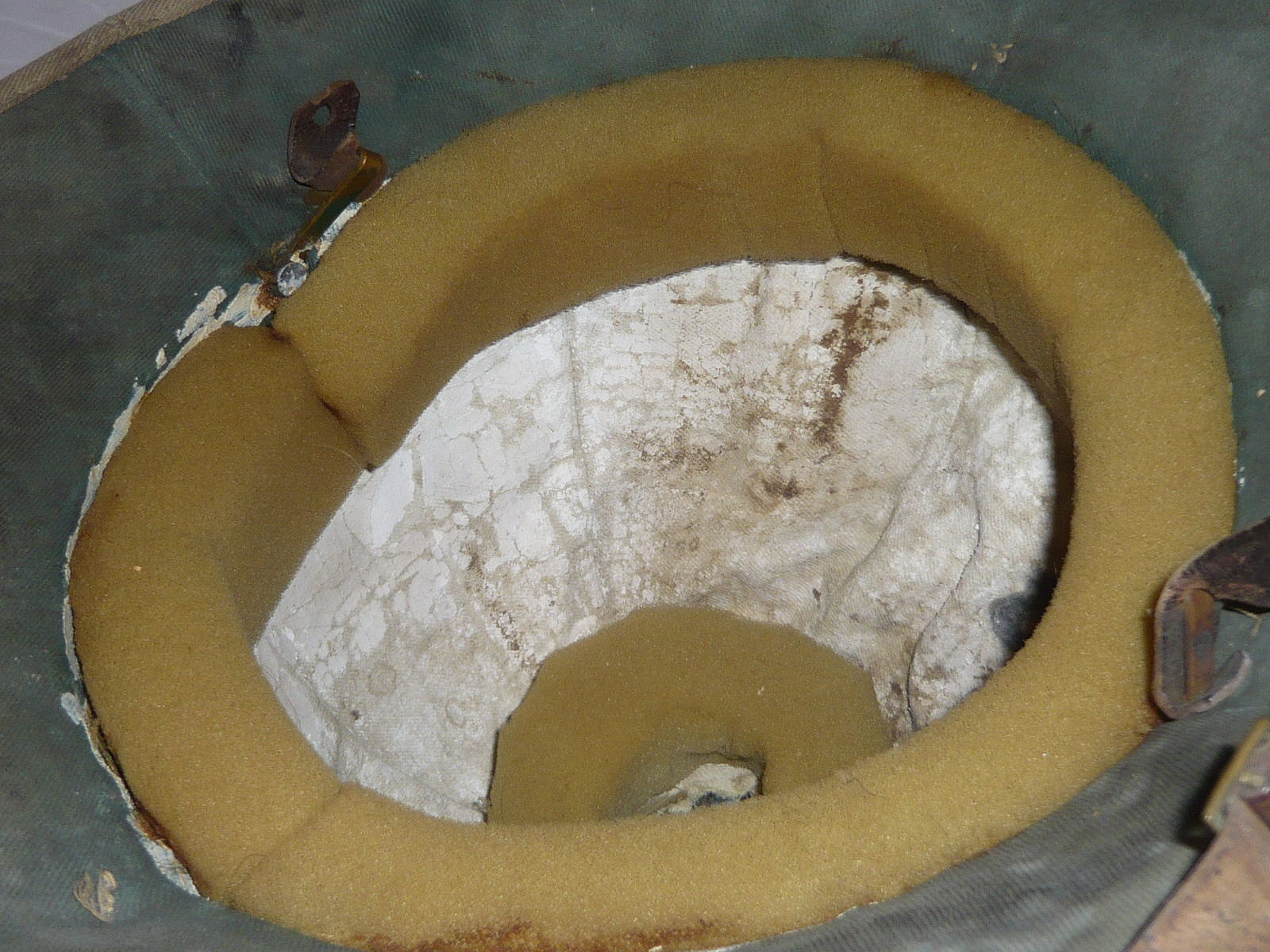
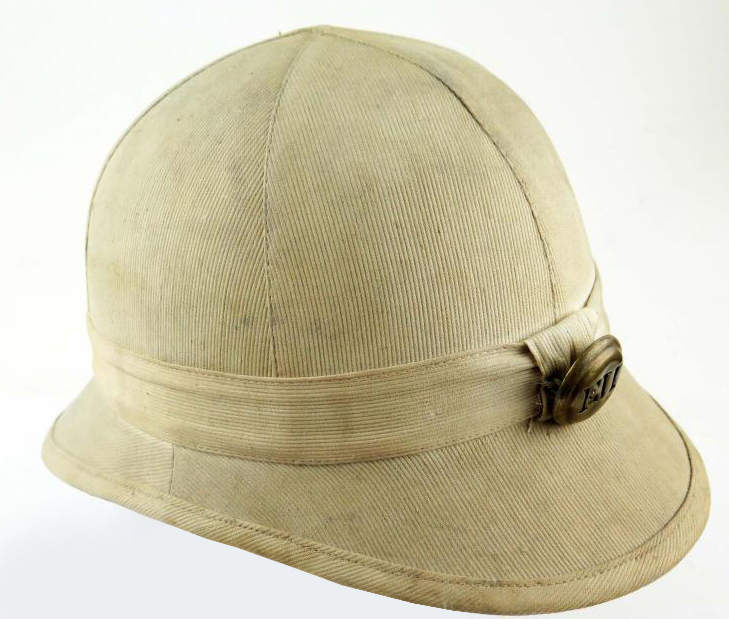 The use of a sun helmet in the Austro-Hungarian army dates back to the Crete expedition of 1897-98 when a quantity of helmets were specially ordered from a company in Vienna. The need for a sun helmet arose again when Austro-Hungarian troops were sent to Palestine in 1915 to aid the Turkish army. With temperatures up to 120ºF in the summer, these 3,000 troops needed a tropical helmet to replace their wool field caps.
The use of a sun helmet in the Austro-Hungarian army dates back to the Crete expedition of 1897-98 when a quantity of helmets were specially ordered from a company in Vienna. The need for a sun helmet arose again when Austro-Hungarian troops were sent to Palestine in 1915 to aid the Turkish army. With temperatures up to 120ºF in the summer, these 3,000 troops needed a tropical helmet to replace their wool field caps.